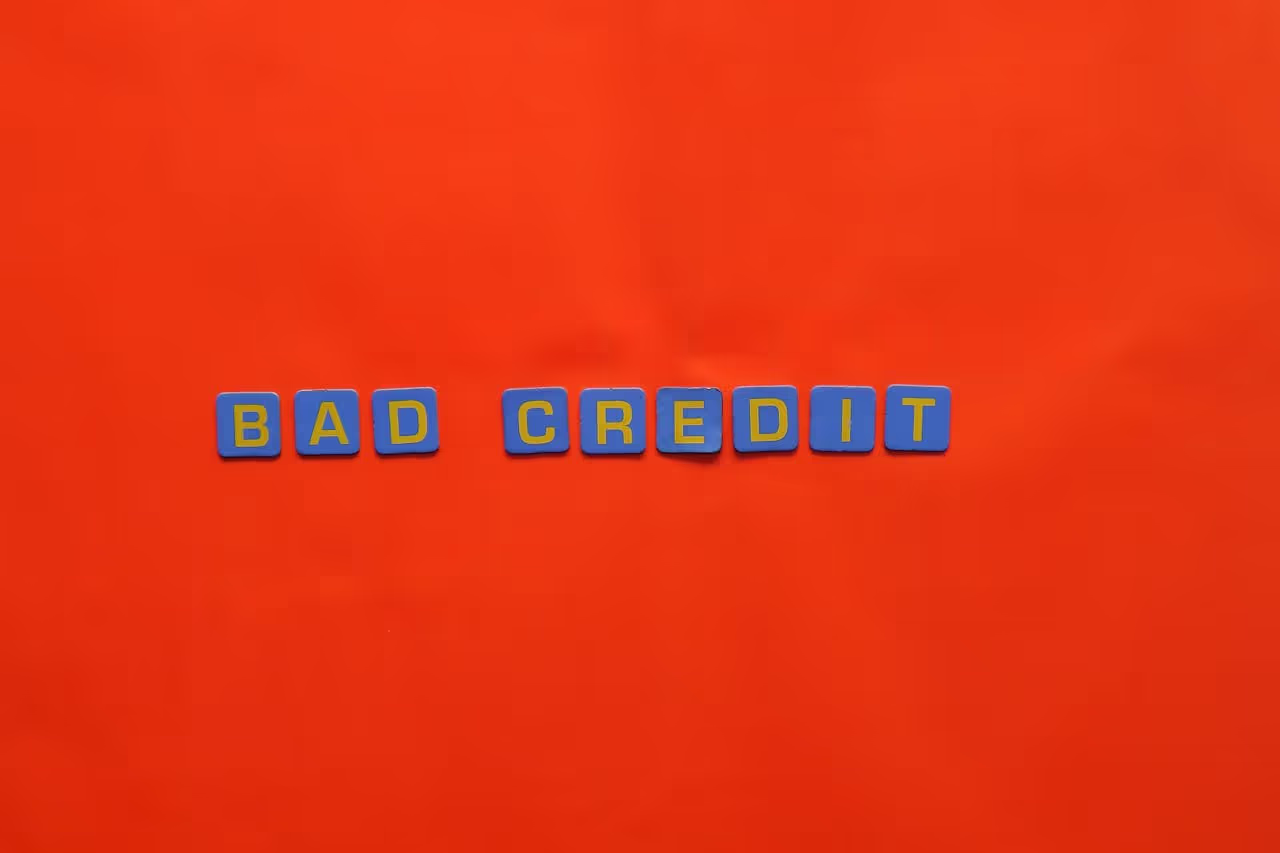Dealer Financing Tricks & Hidden Fees Exposed
Buying a car can be stressful, especially when dealers use tricks to increase the price without being clear. Many car dealerships rely on hidden fees, confusing financing offers, and other tactics to make more money. These practices can cost buyers hundreds or even thousands of dollars if they don’t know what to watch for.

Hidden fees like “dealer prep” or unexpected document charges often appear after the initial price is quoted, surprising buyers at the final sale. Dealer financing can also be a trap. Some dealerships push high-interest loans or add unnecessary costs, saying the buyer’s credit limits their options, even when better deals exist elsewhere.
Understanding these common scams helps buyers avoid overspending and feel more confident during negotiations. Knowing what to expect from dealer financing and fees can save money and reduce stress in the car-buying process.
Key Takeways
Hidden fees frequently raise a car’s final price without clear warning.
Dealer financing may include unnecessary charges and higher rates than bank loans.
Learning about common scams helps buyers avoid costly mistakes.
Common Car Dealer Scams

Car dealers sometimes use tricky tactics to make buyers pay more or accept worse deals. These scams often involve misleading information about prices, financing, or the car’s condition. Knowing how these scams work helps buyers spot them and avoid losing money.
Bait-and-Switch Tactics
In bait-and-switch tactics, a dealer advertises a car at a very low price to attract customers. When buyers arrive, the advertised car is “sold out” or not available. Then, the dealer pushes higher-priced cars or vehicles with more added fees.
This scam relies on the customer’s interest in the low price. Dealers may refuse to show the advertised car or create excuses. Buyers should be wary of deals that seem too good to be true and ask for the advertised car’s availability before visiting.
The Disappearing Financing Act
Some dealers claim buyers do not qualify for the best interest rates shown during the offer. After a deal is agreed upon, they say the buyer’s credit score is lower than expected. This lets dealers raise the interest rate and increase the total loan cost.
This act is often used to boost dealer profits on financing. Buyers should check their credit score independently before visiting and get pre-approved for a loan. Comparing lender offers can help identify if the dealer’s financing terms are fair.
Spot Delivery Scam
The spot delivery scam happens when a dealer lets the buyer take the car before the financing is fully approved. Once the buyer drives the vehicle off the lot, the dealer may call to say the loan was declined or the terms have changed.
This puts pressure on the buyer to accept worse terms or return the car. Buyers should avoid signing any agreements before full loan approval or demand written proof of financing. They should also resist pushing to drive home the car on a pending deal.
Odometer and Mileage Fraud
Some car dealerships alter the odometer reading to show fewer miles than the car has actually driven. This fake mileage raises the car’s value and makes it appear less used or damaged.
Odometer fraud is illegal but still happens. Buyers should check the vehicle history report and compare current mileage to past records. During inspections, unexpected wear and tear that doesn’t match the odometer may also signal fraud.
Hidden Dealer Fees to Watch Out For

Car buyers often face extra costs added by dealers that are not clearly explained at first. Some fees relate to preparing the car, paperwork, or legal requirements. Others come from extra products pushed during the sale. Knowing these common fees helps buyers avoid surprises and unnecessary expenses.
Dealer Prep and Delivery Fees
Dealer preparation fees cover work dealers say they do before selling a car. This includes cleaning, checking the vehicle, or updating software. However, many dealers charge hundreds of dollars for this, even when little work is done.
Delivery fees are sometimes added, claiming the cost to bring the car to the dealership. These fees can range from $300 to over $1,000. Buyers should question these charges and ask for a clear breakdown.
Some states limit how much dealers can charge for prep and delivery. It pays to compare these fees across dealers or negotiate to have them removed or reduced.
Documentation and Processing Charges
Car dealerships often include fees labeled as documentation or processing charges. These cover paperwork for the sale, title transfer, and lien recording.
The issue is many dealers inflate these fees beyond actual costs. It is common to see charges between $200 and $600, which is more than what clerical work costs in most places.
Buyers should ask for an itemized list and check local laws about maximum documentation fees. Seeing the exact cost can help spot if the dealer is adding an unfair markup.
Add-Ons and Upselling
Dealers frequently bundle extra products into the vehicle price or financing without clear consent. Common add-ons include extended warranties, paint protection, VIN etching, and tire insurance.
These extras may have good uses in some cases, but many buyers pay for them without fully understanding their value. An average markup on add-ons can add over $1,000 to the purchase price.
It is important for buyers to review all charges carefully and say no to add-ons they do not want or need. Researching prices outside the dealership often reveals cheaper options.
Title, Tags, and Registration Fees
Title, tags, and registration fees are official costs related to legally owning and driving the vehicle. Dealers usually handle these but can charge extra for the service.
While the actual fees are set by the state or local government, dealers sometimes add high "processing" fees on top. These can add several hundred dollars to the total bill.
Buyers should verify the standard fees with their state’s motor vehicle department to avoid overpaying. Asking for a clear breakdown of these charges helps ensure the fees reflect only legitimate costs.
Dealer Financing Secrets and Pitfalls

Dealer financing often seems straightforward, but there are hidden tactics that can increase the cost of a car loan. Buyers should watch for how terms are presented and pay attention to details that affect the total price, not just monthly payments.
The Four-Square Scheme
The four-square scheme is a common sales tactic used by car dealerships during financing discussions. It involves a worksheet divided into four areas: price of the car, trade-in value, down payment, and monthly payment. Salespeople focus on one or two boxes, like lowering the monthly payment, while changing others to raise the overall cost.
This method hides how altering the down payment or trade-in value affects the loan. Buyers may think they are getting a good deal because of a lower monthly payment but end up paying more in interest or fees over time. Understanding each of the four parts separately helps avoid falling into this trap.
Low Credit Score Manipulation
Some car dealers may mislead buyers about their credit score to charge higher interest rates. They might claim a buyer’s score is lower than it actually is, pressuring them to accept a loan with worse terms through the dealer’s lender.
This tactic increases the dealer’s profit but costs the buyer more. Buyers should check their credit scores independently before visiting a dealership. Having pre-approved financing options helps them negotiate better and resist false credit claims.
Interest Rate Markups
Dealerships often add a markup to the interest rates offered by lenders. This means the dealer sells the loan to a bank at one rate but tells the buyer the rate is higher. The extra interest becomes additional profit for the dealer.
Buyers should compare the dealer's financing offer with outside lenders. Understanding that even a small rate increase can add hundreds or thousands to the loan cost over time is key. Asking for a written explanation of the interest rate and shopping around can prevent overpaying.
Trade-In and Extended Warranty Schemes
Some dealerships use tricks to lower the value they offer for trade-ins or hide extra costs in extended warranties. These practices can lead buyers to pay more than they expect or accept less money for their old vehicle. Understanding these schemes helps buyers protect themselves.
Lowballing Your Trade-In Value
Dealers often start with a low offer for a trade-in vehicle. This lowball offer is meant to make buyers feel pressured to accept a deal quickly. Sometimes, dealers appear to give a good trade-in price, but then hide extra costs by raising the new car's monthly payments over time to recover their profit.
Buyers should research their vehicle’s true value using trusted sources before visiting the dealer. Getting quotes from multiple places can help spot low offers. Always ask for a clear breakdown of the trade-in evaluation, and don’t rush to accept the first number presented.
Failing to Pay Off Trade-In Loans
Some dealers accept trade-ins that still have loans attached, then delay or fail to pay off the original loan. This leaves the buyer responsible for two loans: the one for the trade-in and the new car loan. It can cause credit problems and added financial stress.
Buyers should ask for proof the dealer has paid off the previous loan before completing the sale. Checking with the lender after the trade-in can confirm the loan is closed. This step avoids unexpected debt and keeps the buyer’s credit safe.
Extended Warranty Upsells
Extended warranties are often sold as protection plans that cover repairs after the manufacturer’s warranty ends. Dealers may push these hard, even when buyers don’t need them. Sometimes, these warranties have many exclusions, making repairs still expensive.
Dealers may hide the real cost of the warranty by adding it to the financing without clear disclosure. Buyers should read the warranty contract carefully and compare prices with third-party providers. They should only buy extended warranties if the coverage fits their needs and budget.
Detecting Fraudulent History Reports and Paperwork
Buyers must carefully check vehicle history reports and sale documents to avoid hidden problems. Important signs include unexpected fees for reports, vague sale terms, and mismatched paperwork details. Spotting these early helps prevent costly mistakes.
CARFAX and AutoCheck Fees
Some dealers may pressure buyers into paying for CARFAX or AutoCheck reports at inflated prices. These reports are valuable but often available online for free or at low cost. Buyers should compare prices before agreeing to pay the dealer’s fee.
Watch for dealers who claim the report is mandatory. While it’s helpful, buyers have the right to obtain and review the report independently. Paying upfront to the dealer may increase cost or limit buyer control.
It’s best to request a copy of the report in writing. Review it closely for any signs of previous damage or inconsistent mileage. If the dealer cannot supply a clear report, this is a red flag.
As-Is Sale Disclosures
Many used cars are sold “as-is,” meaning the dealer offers no warranty. Dealers must provide clear written disclosure of this status. These disclosures protect dealers but may hide serious problems from buyers.
Carefully read the “as-is” documents. Buyers should know they may have little legal recourse if the car has hidden issues. Dealers sometimes downplay or confuse these disclosures to avoid responsibility.
If the disclosure is missing or overly vague, the buyer should ask questions. Legitimate dealers will explain the terms clearly and recommend a pre-purchase inspection by an independent mechanic.
Documentation Inconsistencies
Fraud often shows up in conflicting paperwork details. Buyers must check that the vehicle identification number (VIN), odometer reading, and buyer’s name match exactly across all forms.
Look for crossed-out numbers, white-out corrections, or missing signatures. These may indicate dishonesty or attempts to hide vehicle history. Always compare copies of the bill of sale, title, and financing agreements.
Dealers who rush through paperwork or refuse to let buyers take time to review documents should raise concern. Proper documentation is key to proving ownership and avoiding future legal problems.
How to Protect Yourself Against Car Dealer Scams
Being prepared and informed is key to avoiding common car dealer scams. Understand the true value of the vehicle and control your financing options to prevent dealers from using deceptive tactics.
Researching Vehicle Pricing
Before visiting a car dealership, check the dealer invoice price—the amount the dealer pays for the vehicle. This number is usually much lower than the Manufacturer's Suggested Retail Price (MSRP).
Compare prices at multiple dealerships to see who offers the best deal. Use trusted websites to verify the current market value of the car. Be cautious of dealers starting negotiations from the MSRP, as this can hide extra fees or markups.
Also, look out for hidden fees like "dealer prep," which add unnecessary costs. Ask the dealer to explain every charge in writing before signing. Knowing the real costs ahead helps avoid overpaying.
Securing Financing Beforehand
Dealership financing can come with hidden tricks, such as last-minute interest rate increases or longer loan terms that raise your total cost. To avoid these pitfalls, arrange your loan or lease through banks or credit unions before car shopping.
Check your credit scores from all three major bureaus. Dealers sometimes give false credit reports to justify higher rates. Knowing your accurate credit standing strengthens your negotiation power.
Bring your pre-approved loan offer to the dealership. This prevents the “disappearing financing” scam, where dealers say your financing was rejected and push you toward a more costly option. Always review loan terms carefully and never rush into signing.
Frequently Asked Questions
Car buyers often face extra charges and tricky deals that can increase the overall cost. Understanding common fees, financing tactics, and sales methods helps prevent paying more than necessary.
What are the common hidden fees to watch out for when purchasing a car?
Buyers should watch for dealer preparation fees, document processing charges, and "hold" deposits. These fees can add hundreds or even thousands of dollars and are often not clearly explained upfront.
Other hidden costs include advertising fees, dealer markups, and delivery charges. It's important to ask for a detailed breakdown of all fees before signing any paperwork.
How can you negotiate dealership fees effectively during a car purchase?
Always review each fee on the purchase agreement and ask if it can be reduced or removed. Many fees, like dealer prep or document fees, are negotiable.
Comparing offers from different dealerships also helps spot inflated fees. Requesting the dealer invoice price gives a better starting point for negotiation.
What deceptive practices should you be aware of when dealing with car dealer financing?
Some dealers misrepresent credit scores to charge higher interest rates. Others might push you into higher loan terms with low monthly payments but more total interest.
Watch for surprise financing changes after the sale, such as being told your approved loan was rejected later, forcing you to accept worse terms.
Are there any kickbacks or incentives car dealers receive when offering financing options?
Yes, dealers often get bonuses or higher commissions from lenders for arranging loans with higher interest rates. This can motivate them to push financing deals that are not the best for the buyer.
Buyers should always compare outside financing options before agreeing to dealer financing.
How can you identify if a car dealership is overcharging you for a vehicle?
Start by asking for the dealer invoice price, which is what the dealer paid for the car. Comparing this to the MSRP helps spot inflated prices.
Also, research the trade-in value of any old vehicle and check market prices online. Visiting multiple dealerships provides a clearer picture of fair prices.
What is the 'four square' method used by some car salespeople, and how does it affect pricing?
The 'four square' method shows buyers a worksheet with four numbers: price of the car, trade-in value, down payment, and monthly payment. It tries to shift focus to monthly payments rather than the total price.
This technique can hide adjustments in price or loan terms, leading buyers to agree to deals that cost more overall.





